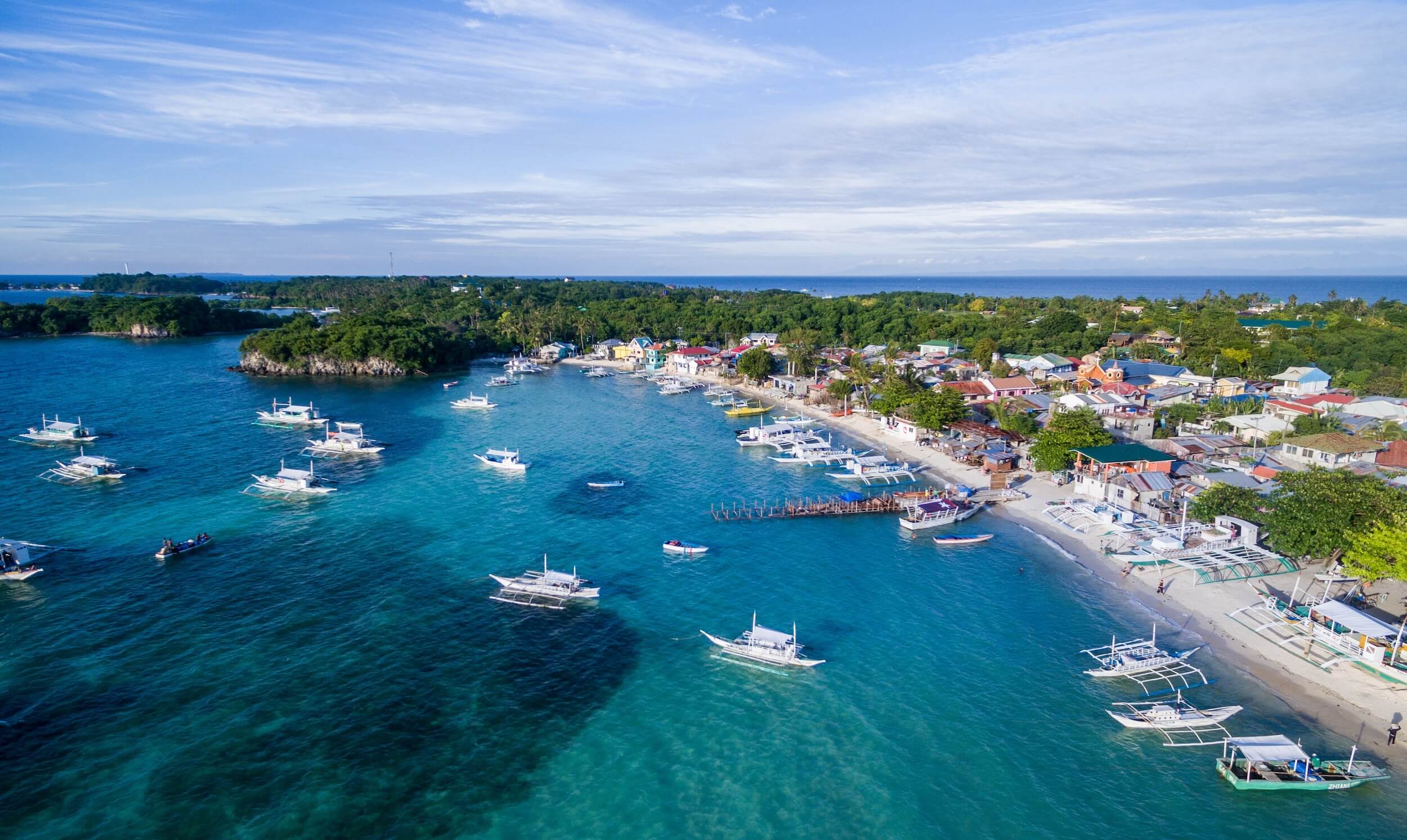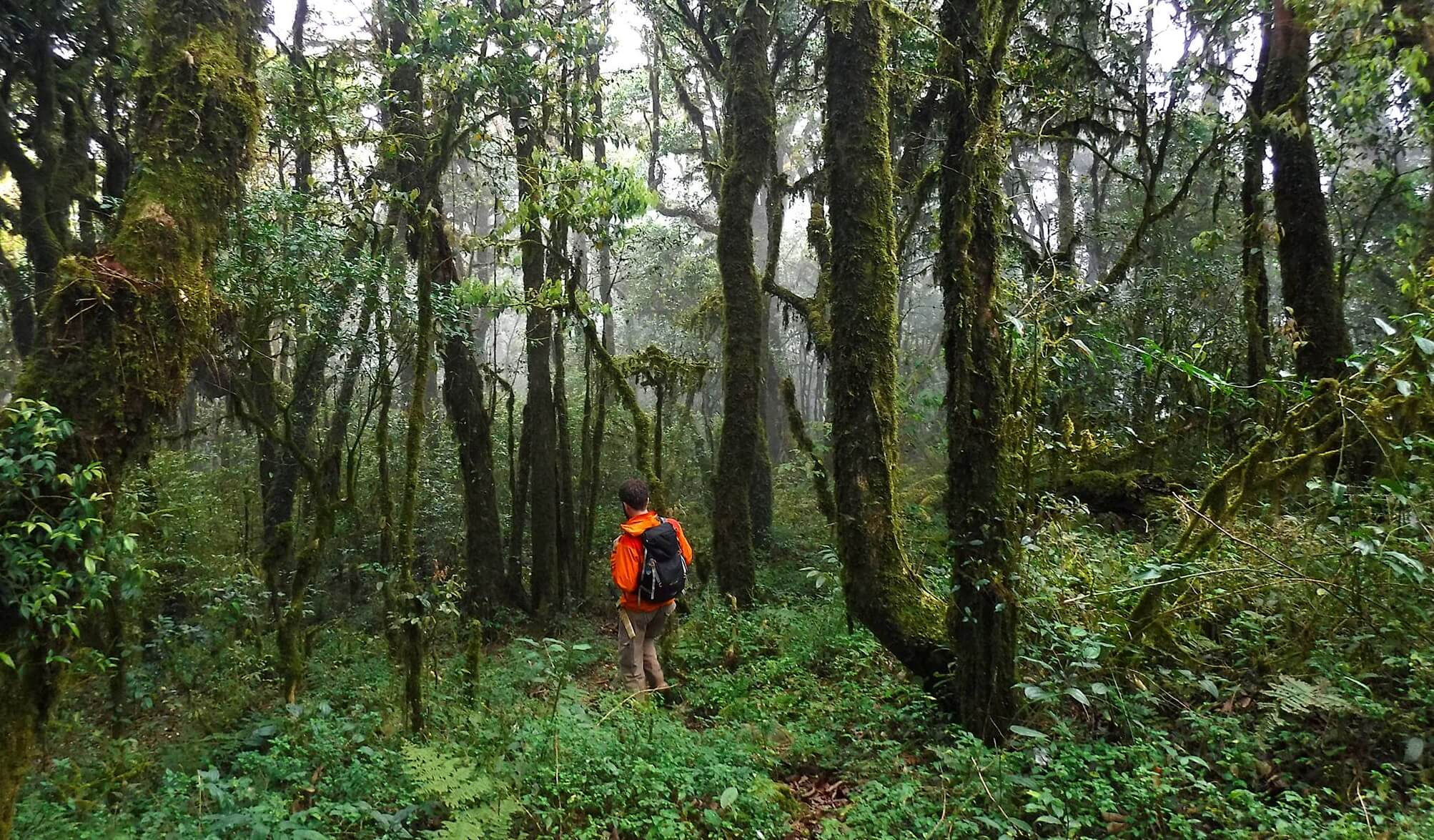




Climate change is impacting the lives of people worldwide and stands out as one of the gravest challenges facing the international community. Respondents to the 2022 World Economic Forum Global Risks Perception Survey ranked “climate action failure” as the number one risk with potentially the most severe impact over the next decade. Extreme weather due to climate change is considered the second most serious short-term risk, with biodiversity loss coming in third. One-quarter of humanity lives in conflict-affected areas, and in 2022, there were 31.8 million new internal displacements due to weather-related events (IOM, 2023a).
Southeast Asia is one of the regions most vulnerable to the adverse impacts of climate change, where rising sea levels, heat waves, floods, and droughts, as well as increasingly intense and unpredictable weather events, affect millions of people in densely populated areas and coastal zones. According to a study published in 2021 (Eckstein et al., 2021), the Philippines, Myanmar, and Thailand ranked among the top 10 countries in the world for climate-related loss events between 2000 and 2019, while Cambodia and Viet Nam were in the top 20. Nineteen of the 25 cities most exposed to a one-meter sea-level rise are in Asia, seven of those are in the Philippines. Although Southeast Asia is projected to warm slightly less than the global average, the region’s sea levels are rising faster than elsewhere, and shorelines are retreating in coastal areas where 450 million people live (World Economic Forum, 2021).
Human mobility patterns, including migration and displacement, are already being influenced by climate and environmental factors in various parts of the world, including in Southeast Asia. Climate-related disasters and deprivation compel individuals and families to make the challenging decision to migrate, whether to safeguard themselves from environmental risks or to seek better economic opportunities elsewhere. Human mobility can be both an outcome of climate and environmental impacts, as well as serve as an important adaptation strategy to build resilience.
The Internal Displacement Monitoring Centre indicates that in the past decade, floods, storms, wildfires, and other weather-related disasters have caused an average of 21.9 million annual displacements worldwide per year. In the Asia Pacific region, there were over 225 million internal displacements between 2010 and 2021, which was over three-quarters of the global total for this period. Southeast Asia accounted for over 30 per cent of this (Internal Displacement Monitoring Centre, 2022). The growing consequences of climate change are a reminder that without proper adaptation plans to improve resilience, more and more people will likely be on the move in the future, and humanitarian crises will become increasingly frequent in the years ahead.
Reflecting on these challenges, an extensive array of international agreements and frameworks have sought to address climate and environmental change and human mobility collectively. For example, linkages have been integrated in the context of the United Nations Framework Convention on Climate Change (UNFCCC), notably the Paris Agreement, and in the Sendai Framework for Disaster Risk Reduction. The main migration frameworks, such as the Global Compact for Safe, Orderly and Regular Migration, also acknowledge and address climate and environmental migration. Unfortunately, despite the progress that these international agreements have made, and the many strong examples of policies and programmes implemented worldwide addressing climate change and human mobility together, the scale of action and the pace of change have so far been insufficient (IOM, 2023b). Moreover, human mobility and climate change have been unevenly integrated within national frameworks, with only 39 per cent of Nationally Determined Contributions in 2022 referring to human mobility (IOM, 2023a).
This is a particular challenge in the Asia Pacific region, especially for the countries in Southeast Asia. Consecutive reports by the United Nations and others have all pointed to the fact that the region is off-track in meeting the climate-related Sustainable Development Goals and is in fact regressing on these important commitments. Environmental degradation continues unabated while greenhouse gas emissions continue to rise. At the same time, disaster and displacement risk is increasing, partly driven by the significant urbanisation experienced across the region. Several analyses have also highlighted that human mobility is still “under-discussed” in ASEAN climate-related policymaking.
There is an urgent need to act without further delay. In Southeast Asia, ASEAN will be a critical actor in this effort. The association already plays a key role in promoting regional collaboration and policy coherence, including on climate change and disaster risk reduction areas. However, ASEAN Member States need to upscale efforts to advance proactive and forward-looking responses to the human mobility dimensions of climate and environmental change, for example, efforts to better anticipate, prepare, and respond to challenges arising in the future, as well as to promote better governance of human mobility linked to climate and environmental factors.

support to ASEAN countries and other regional partners in promoting better governance for climate mobility. In September 2023, on the sidelines of the United Nations General Assembly, IOM and the Republic of the Philippines convened a high-level, pre-COP28 Ministerial Roundtable on Migration, Environment, and Climate Change in the Asia-Pacific Region. The roundtable brought together high-level participants from governments to discuss country perspectives on the impact of climate change on migration and identify specific needs and potential areas of action to address these impacts, with a view to working towards a common understanding and approach on the issue across the region.
Additionally, IOM convened the first-ever Asia-Pacific Youth Summit on Climate Change and Human Mobility in Manila on September 2023. The Youth Summit hosted over one hundred and forty virtual and in-person attendees from several Philippines universities including students from Miriam College’s Communications, Global Studies, Environmental Planning, and Management programmes and from the Ateneo Law School. Eight young leaders from the Asia-Pacific Region (including from the ASEAN countries of Singapore and the Philippines) discussed the issue of climate migration in their respective contexts, as well as approaches to climate mobility activism and the challenges faced by youth activists.
With the ASEAN Secretariat, IOM is also supporting the development of the second edition of the ASEAN Migration Outlook, which will focus on climate mobility. It is hoped that this next iteration of the Outlook will help develop a comprehensive understanding of the climate-migration nexus, including its complexities, challenges, and options for policy for governments across the region. It will be the first such report produced on this topic in the ASEAN context.
The above-mentioned initiatives are, however, just the beginning of the dialogue that needs to take place within the region. Over the long-term, governments across the region should work collaboratively towards a comprehensive approach to climate mobility that seeks to increase the scope of options available to the individuals, households, and communities affected by climate change, including the most vulnerable. This may include leveraging well-managed migration pathways to allow people to move out of harm’s way, enhancing humanitarian responses and providing durable solutions to displacement to support people on the move, and promoting sustainable development measures, building community resilience, and preventing and reducing disaster risks to allow people to stay.
Many options are available to states, individuals, and communities to address human mobility in the context of climate change, and there is a range of practical examples that can be replicated and scaled up while also developing a robust and commonly agreed governance framework within the ASEAN region. Such a framework will bring the region closer to achieving the related sustainable development goals espoused in the UN 2030 Agenda, and leverage the links between mobility and development.
There is an urgent need for a comprehensive response that will provide solutions for people to stay, solutions for people to move, and solutions for people who are already on the move.
Time is running out, and climate change response needs to advance urgent action boldly. To many Southeast Asian countries, it will soon become an existential crisis.








